Have you ever watched your dogs interact and wondered, “Do they actually like each other, or are they just putting up with one another for my sake?” It’s a question that tugs at the heartstrings of every devoted dog lover. The truth is, our dogs’ relationships are often more complicated—and sometimes more surprising—than we imagine. Sometimes what looks like a loving friendship is actually a careful truce, and other times, a pair of seemingly indifferent dogs might have a deep, silent bond. Let’s dig into the real signs behind canine friendships and uncover what’s really going on between the furry friends in your home.
Understanding Canine Social Behavior
If you have multiple dogs, you’ve probably wondered whether they’re truly friends or simply coexisting in the same space. While some dogs form deep, lasting bonds, others may only tolerate each other out of necessity. Understanding the dynamics between your dogs is important for fostering a happy and harmonious home. From playful interactions to moments of tension, there are key signs that can help you determine whether your dogs are genuinely friends or just managing to share the same space.
Dogs are social creatures, but their ways of forming bonds are very different from ours. While humans might hug or chat with friends, dogs rely on a subtle mix of body language, scent, and space. Some breeds are naturally more social, while others are more independent. It’s important to remember that not all dogs crave constant company; some simply prefer a peaceful coexistence. Observing their everyday interactions can reveal clues about their true feelings. For example, a wagging tail isn’t always a sign of joy—it can also signal nervousness or uncertainty. By learning the basics of canine social behavior, you can start to decode whether your dogs are friends or just polite roommates.
Signs Your Dogs Are Truly Friends
Dogs who are genuine friends usually make it obvious, once you know what to look for. They may sleep touching or curled up together, share toys without tension, and seek each other out for play. You might catch them grooming one another or following each other around the house. Play between true dog friends tends to be balanced, with both dogs taking turns chasing and being chased. Their body language will be loose and relaxed, with soft eyes and playful bows. These behaviors signal comfort and trust—a sure sign that friendship is blossoming.
What Toleration Looks Like in Dogs
Toleration is a little trickier to spot because it often masquerades as calm coexistence. Dogs who merely tolerate each other might share the same room but keep a polite distance. You’ll rarely see them play or rest together. If one dog approaches, the other might move away or ignore them completely. There may be subtle signs of tension, like stiff body language or hard stares. Sometimes, one dog might block the other from getting to food or toys, but without a fight. Toleration isn’t necessarily bad—it means the dogs have established boundaries and are cohabiting peacefully, even if they aren’t best buddies.
Reading Body Language: Key Clues
A dog’s body language is like a private diary, revealing feelings that words never could. Dogs who are comfortable together will have relaxed faces, loose tails, and open mouths that look almost like smiles. Watch for play bows—where a dog stretches their front legs forward and wags their tail. This is an invitation to play and a clear sign of friendliness. On the other hand, stiff bodies, tucked tails, or averted gazes indicate discomfort. If you notice one dog constantly licking their lips or yawning when the other is close, they might be a little stressed. These small signals are your best clues to what’s really happening.
The Role of Play in Dog Relationships
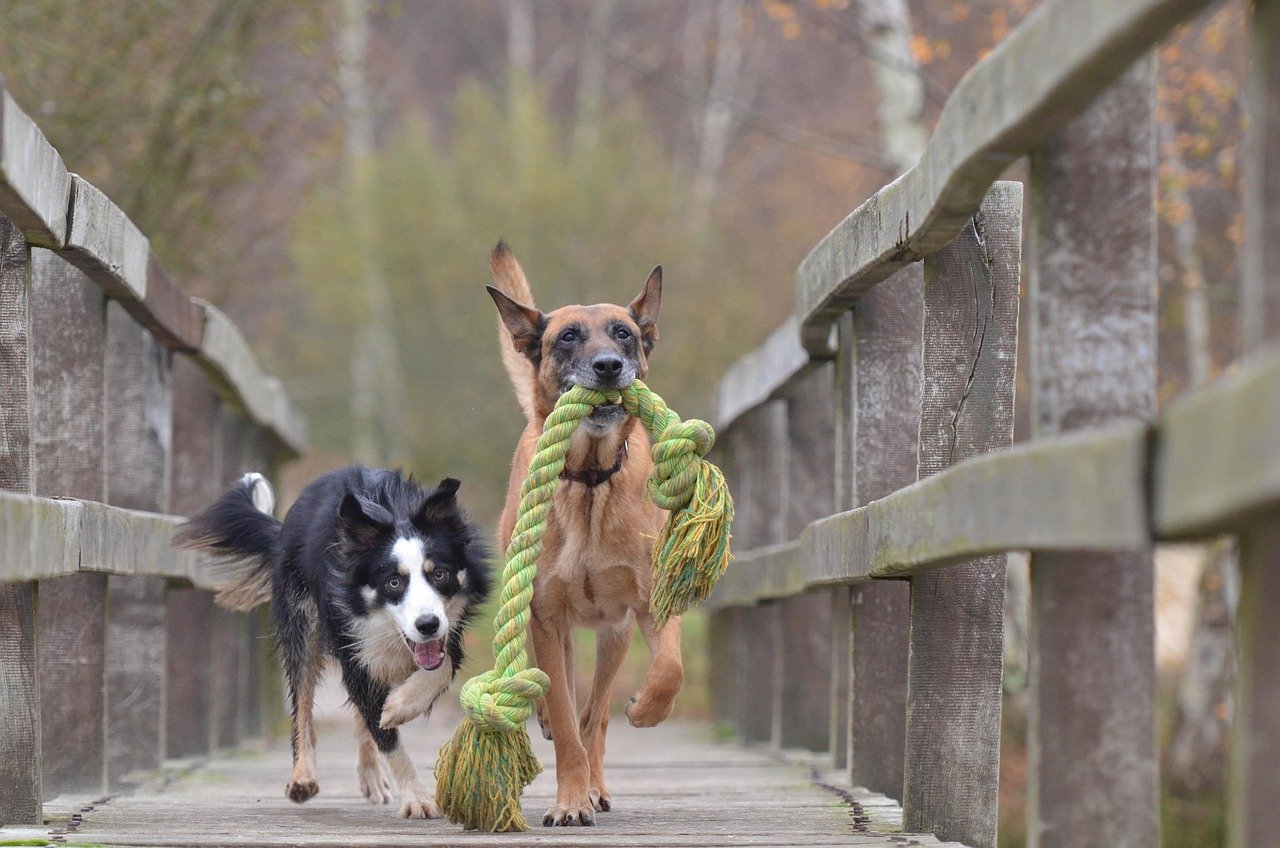
Play is more than just fun for dogs—it’s a social glue that can reveal the depth of their bond. Friends will invent games, take turns, and respect each other’s signals. They might wrestle, chase, or gently mouth each other, but it never gets too rough. If play escalates into growling or snapping, or if one dog always dominates, it could signal that the friendship isn’t entirely balanced. Dogs who only tolerate each other often avoid play or will stop quickly if it starts. Watching how your dogs play can give you a window into their true relationship dynamic.
Sharing Resources: Food, Toys, and Space
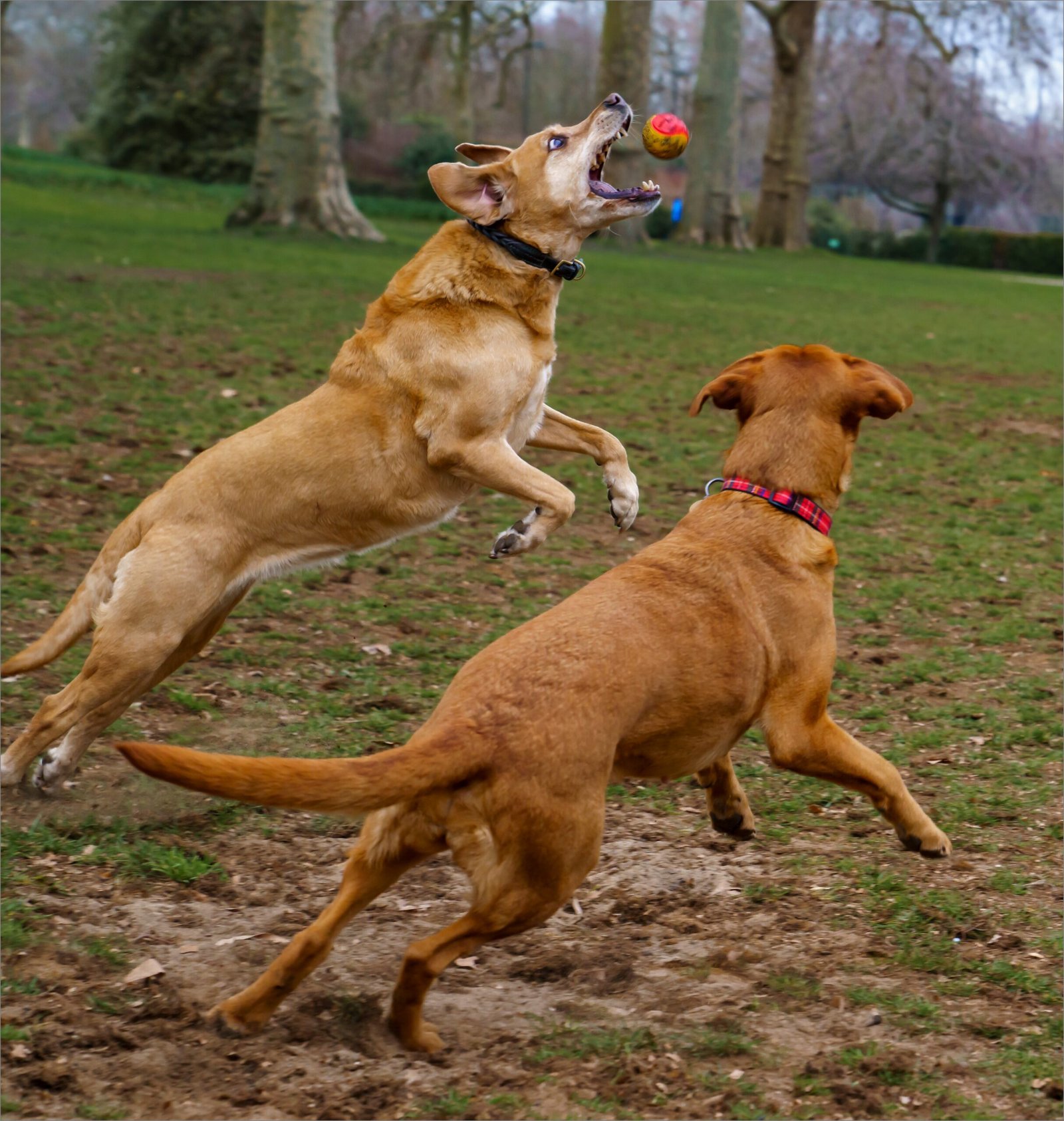
How your dogs handle sharing is a powerful window into their relationship. Friends often eat side by side, swap toys, and nap in the same bed. They might play tug-of-war without conflict or take turns with a favorite ball. In contrast, dogs who merely tolerate each other may guard their food or toys, growl if approached, or claim separate resting spots. Resource guarding can be subtle—sometimes one dog simply stares at the other until they leave a toy or spot. Understanding how your dogs share can help you spot signs of stress or friendship.
Grooming and Affection: More Than Just Cleanliness
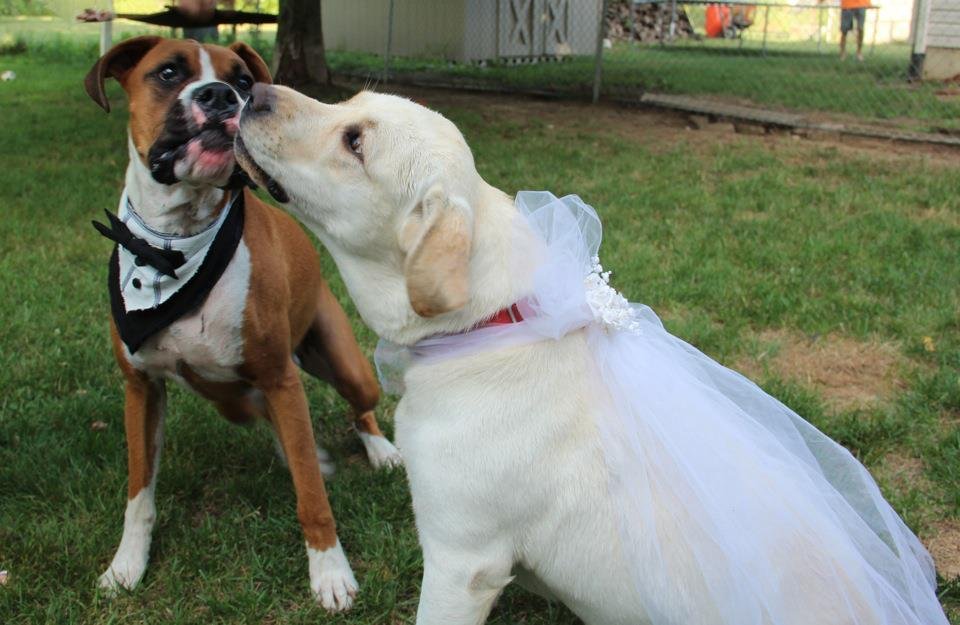
Grooming is one of the sweetest signs of true canine friendship. Dogs who lick each other’s faces or ears are not just keeping clean—they’re reinforcing a social bond. Mutual grooming releases feel-good hormones and is a way of saying, “I trust you.” Not all dog friends will groom, but when you see it, it’s a strong indicator of affection. In contrast, dogs who never touch or groom each other might still get along, but their relationship is likely more distant.
Conflict and Resolution: How Dogs Handle Disagreements
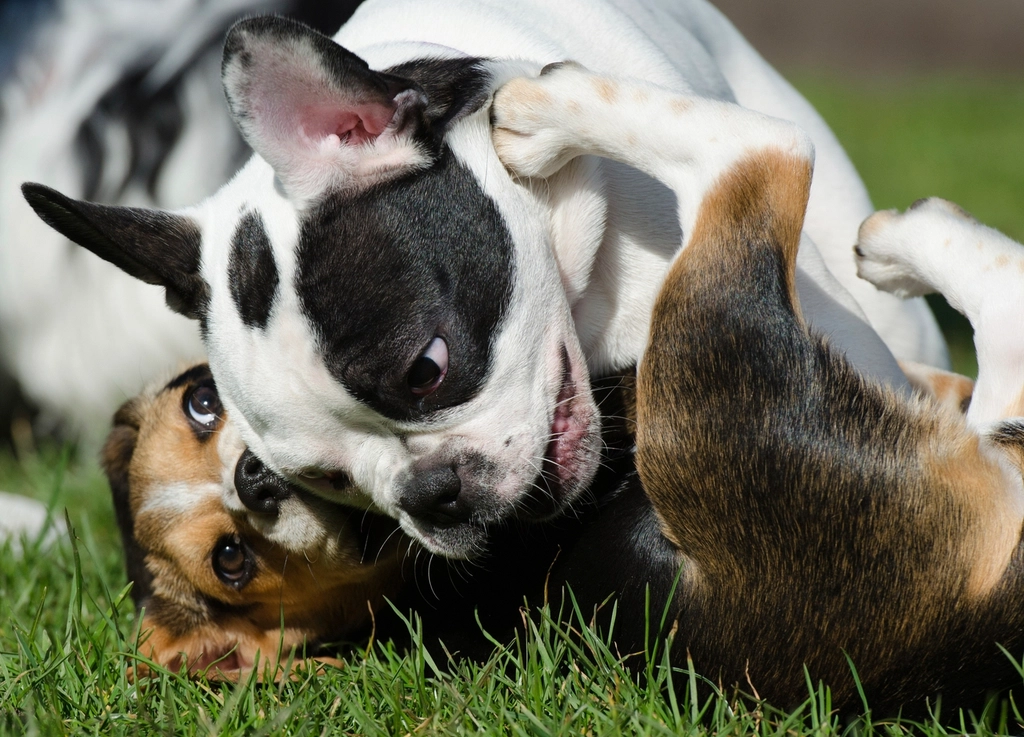
Even the best dog friends have arguments from time to time. What matters is how they resolve them. Friends tend to work things out quickly, using calming signals like turning away, yawning, or wagging their tails gently. You might see them pause during play, take a short break, and then return to each other. Dogs who just tolerate each other may either avoid conflict completely or let small disagreements simmer. Watch for repeated tension—it’s a sign the relationship needs some help.
Environmental Factors That Influence Friendship
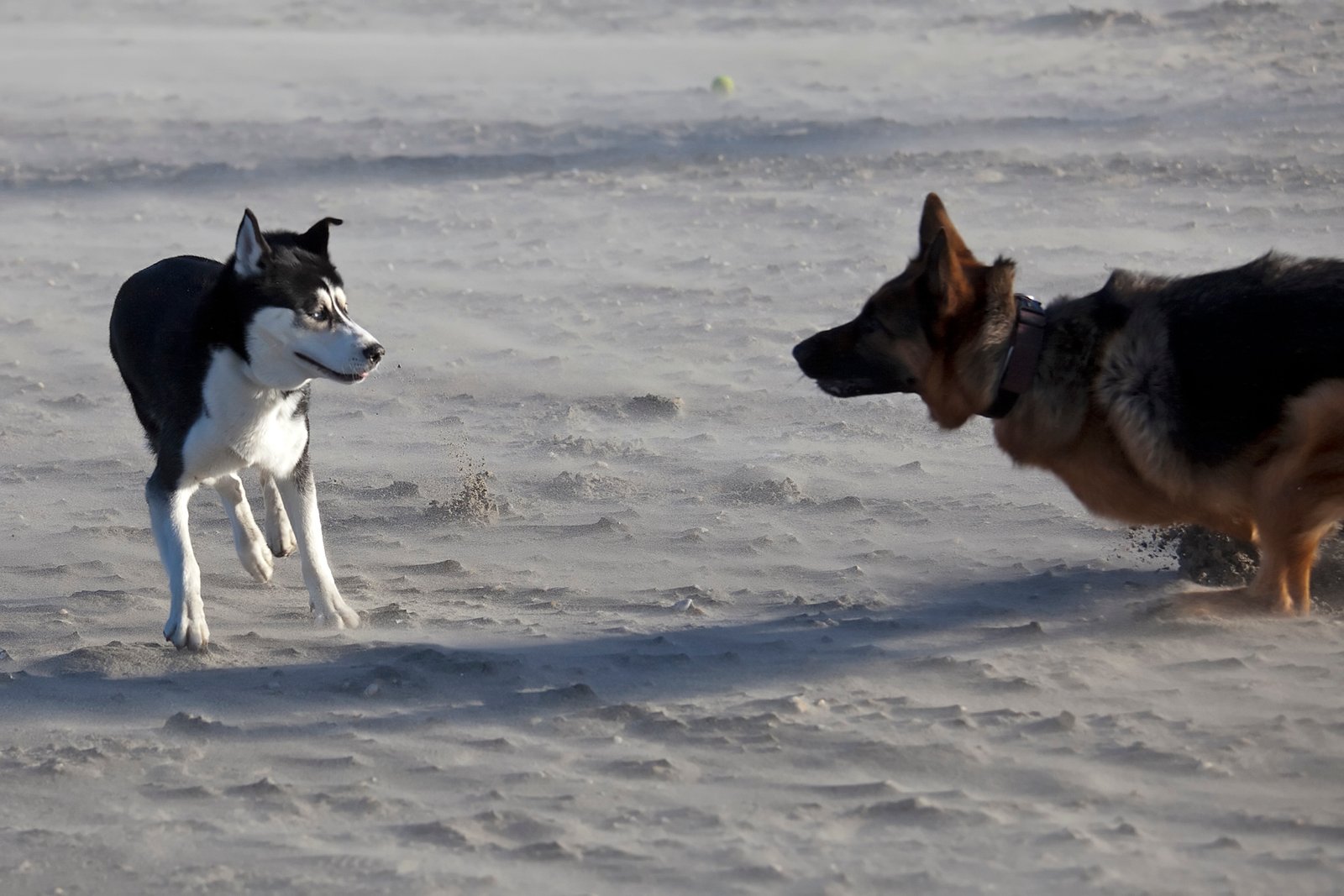
Sometimes, it’s not just about the dogs’ personalities. The environment you create plays a huge role in whether your dogs become friends or just tolerate each other. Sufficient space, individual beds, and separate feeding areas can prevent competition and stress. Regular walks and activities together can build trust, while forcing dogs to share everything too soon can backfire. Just like people, dogs need time and positive experiences to develop real friendships. Changing routines or adding new pets can also shift dynamics, so patience and observation are key.
Can Friendship Develop Over Time?
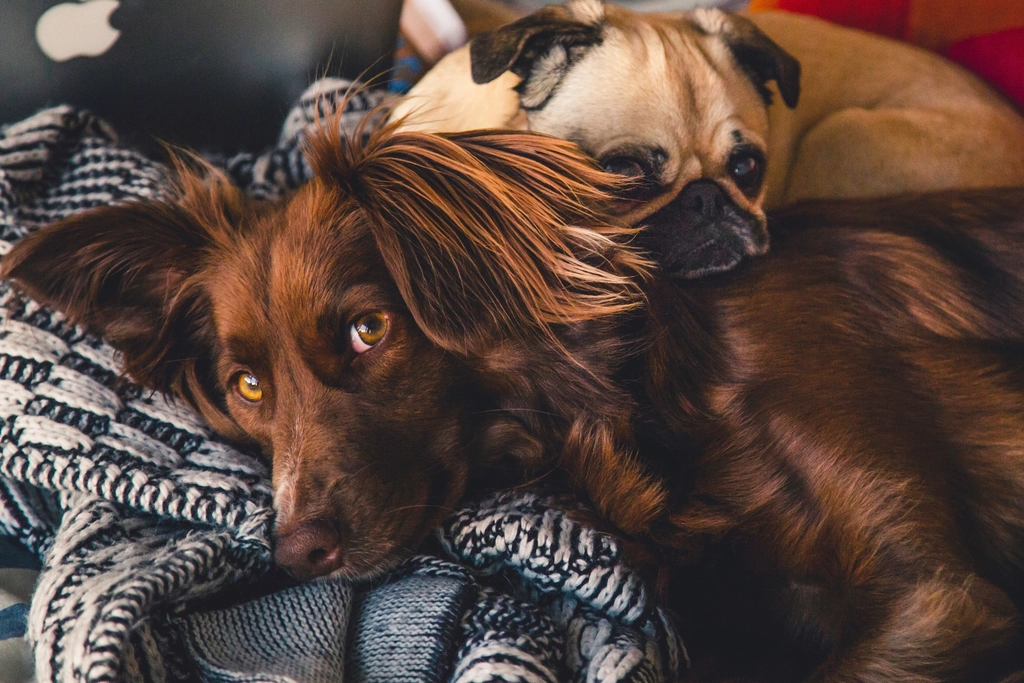
It’s important to remember that dog relationships aren’t static—they can change and grow. Dogs who start out merely tolerating each other may become friends as they gain trust and familiarity. The process can take weeks, months, or even longer, depending on their personalities and experiences. Sometimes, all it takes is a shared adventure or a quiet moment to spark a deeper bond. Keep an open mind and watch for small shifts in behavior that signal growing friendship. Patience, encouragement, and understanding can help even the most mismatched dogs find common ground.

Andrew Alpin from India is the Brand Manager of Doggo digest. Andrew is an experienced content specialist and social media manager with a passion for writing. His forte includes health and wellness, Travel, Animals, and Nature. A nature nomad, Andrew is obsessed with mountains and loves high-altitude trekking. He has been on several Himalayan treks in India including the Everest Base Camp in Nepal.





